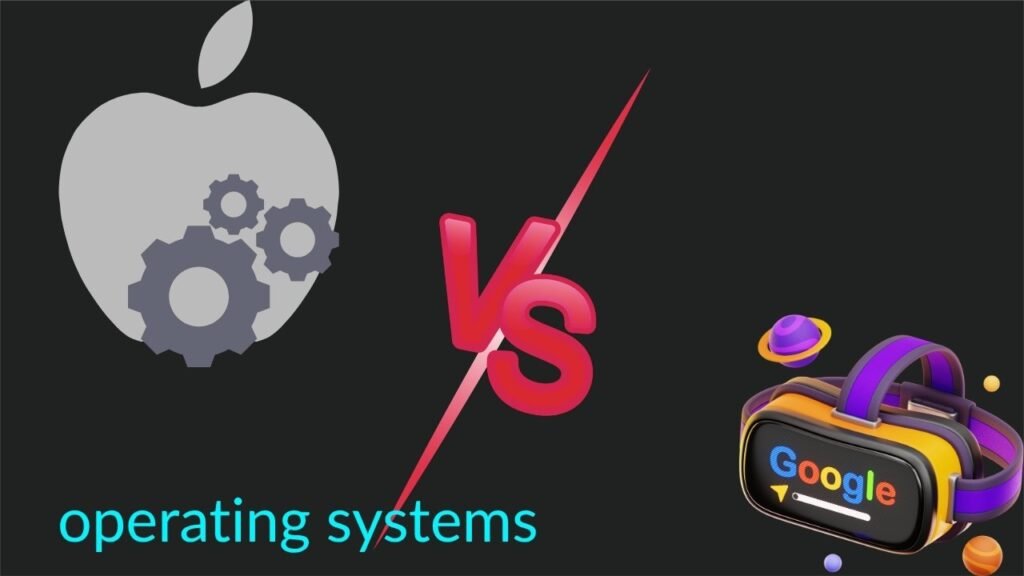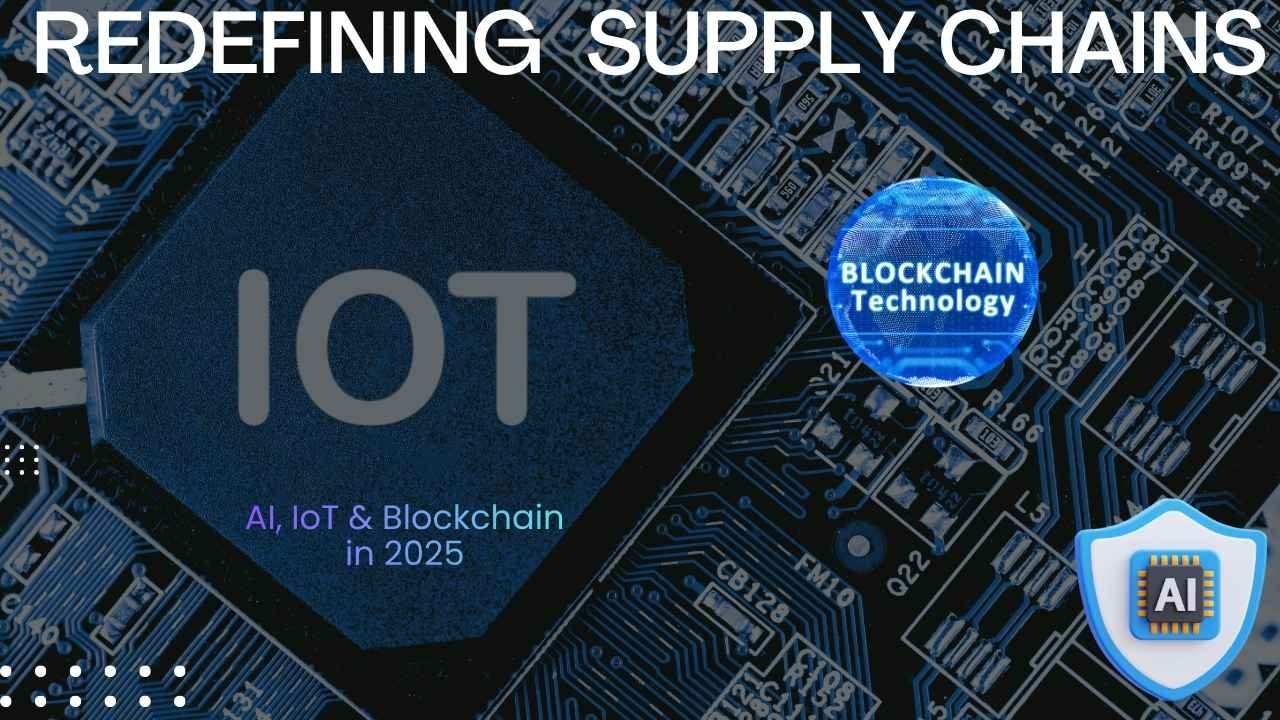Domain | Apple’s Strategy & Strengths | Google’s Strategy & Strengths | Points of Conflict / Uncertain Ground |
Smartphones & Apps | AI tools built into iOS, visual intelligence, writing aids, Live Translation, integration with apps, and workflows. | Google brings Gemini, cloud-powered models, large data, context across apps, and powerful Android hardware partnerships. | How well do on-device models compete with cloud models in complexity, latency, and features |
Wearables & AR / VR / Glasses | Apple’s Vision Pro, rumored AI smart glasses (with voice, sensors) | Google’s AI ambitions in smart glasses (via partnerships or its own hardware) and integrating Gemini across wearables | Who can achieve truly useful AR/AI wearables that people will adopt (battery, comfort, utility) |
Home & Smart Devices | Apple’s home efforts are more conservative (HomePod, tight integration), but Apple is rumored to expand home/robot devices. | Google is aggressive: Gemini for Home, smart cameras, Nest, smart displays. Google+3TechCrunch+3Morningstar+3 | Seamless AI across rooms, privacy in cameras/devices, interoperability with other brands |
Developer Ecosystem | Provide APIs for on-device models; encourage apps to use intelligence while respecting privacy. | Broad developer access via Gemini API, integrations, partners, plus the data advantage. | Which platform draws more compelling apps that leverage AI features, and third-party adoption |
Privacy, Trust & Data | On-device processing, minimal data collection, user trust, and clear data policies | Strong models via data, ability to leverage more user data (with consent), tradeoffs in centralization | Public sentiment (which side wins user trust), regulation & legal issues |
Innovation & Vision | Slow, careful, iterative, high polish | Fast, experimental, pushing boundaries | Who makes the breakthrough AI device (e.g., AR glasses, home robot) first |




